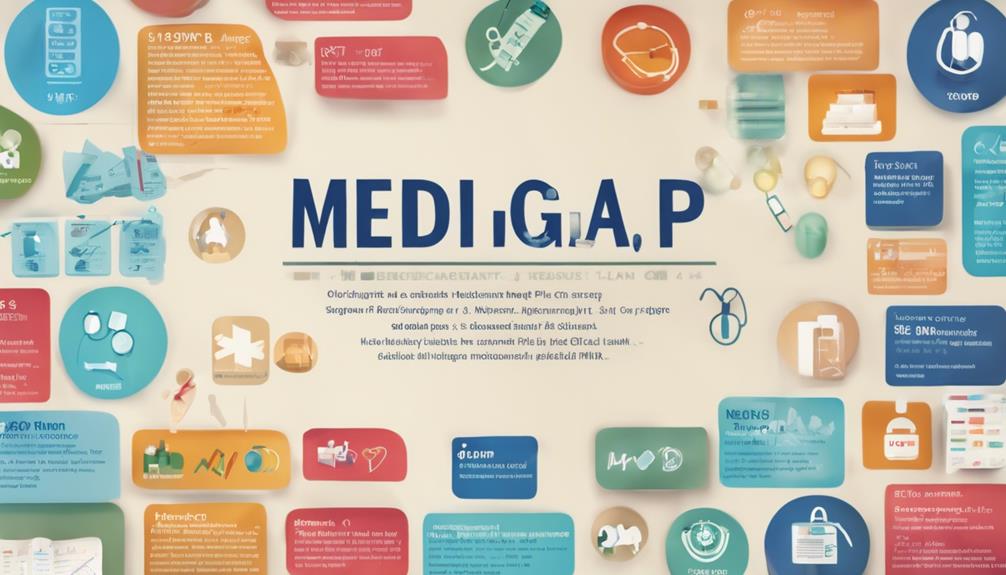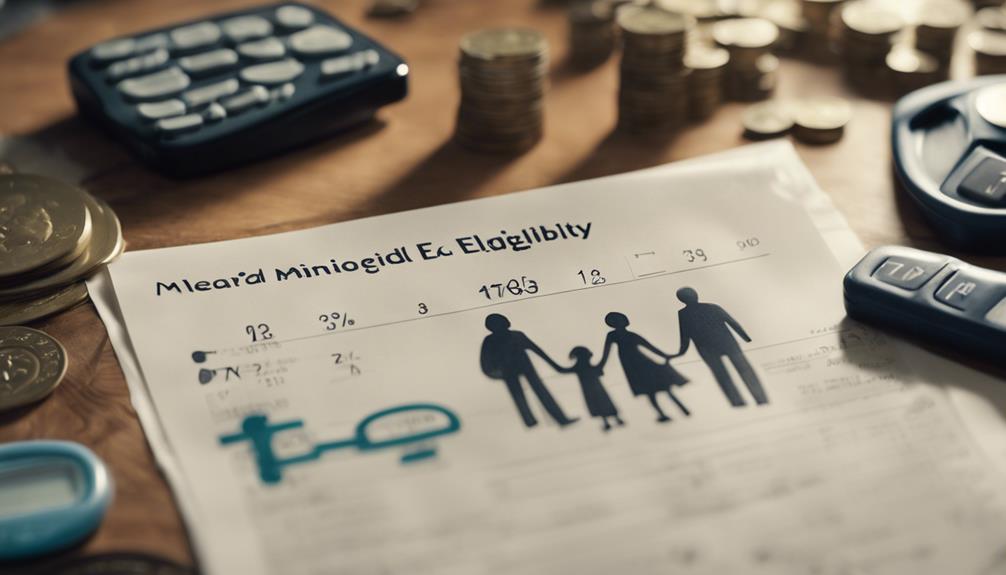
Navigating the world of Medicaid can sometimes feel like traversing an intricate maze. It’s essential to understand not just the approval process but also what happens when your application doesn’t go as planned. A Medicaid denial letter can be a crucial document, allowing you to learn from your experience and take the necessary steps forward. In this cheerful guide, we’ll explore how to acquire that letter, why it might be necessary, and what to do next!
1. Unlocking the Mystery: What is a Medicaid Denial Letter?
A Medicaid denial letter is an official document that informs you that your application for Medicaid benefits has been denied. This letter provides important details, including the reasons behind the denial and the specific eligibility requirements that were not met. It’s your key to understanding the decision-making process and figuring out how to proceed, whether that means addressing the issues or appealing the decision altogether.
Understanding this letter is essential, as it serves as your roadmap through the often complex world of healthcare benefits. The information contained within can empower you to make informed decisions and potentially gain access to the healthcare services you need. So, let’s crack open this mystery and see how you can get your hands on one!
2. The Pursuit Begins: Why You Might Need a Denial Letter
You might be wondering, "Why would I need a Medicaid denial letter?" Well, there are several reasons! First and foremost, if you’re considering an appeal, this document is vital. It outlines the rationale behind your denial and provides the groundwork for addressing the issues that led to the unfavorable decision.
Additionally, having a denial letter can help you explore alternative options for healthcare coverage. If Medicaid isn’t the right fit for you, the letter can guide you in seeking other programs or benefits that may be available. So, whether you’re looking to challenge the decision or pivot to another avenue, obtaining your denial letter is the first step in your healthcare journey!
3. Ready, Set, Go! Starting Your Medicaid Journey Today
The first step in obtaining a Medicaid denial letter is to ensure that you’ve gone through the application process. If your application has been submitted but you haven’t received a decision yet, be patient! However, if you have received notice of a denial, you’re on the right track to request that crucial letter.
Don’t hesitate to contact your state’s Medicaid office directly. They can guide you through the process of obtaining your letter, and many offices provide different ways to reach out, including phone, email, or even in-person visits. Getting started is as simple as reaching out and asking the right questions, so take that leap into your Medicaid journey today!
4. The Art of Requesting: How to Ask for Your Denial Letter
When it comes to requesting your Medicaid denial letter, a polite and direct approach is key. Be sure to have your application details ready, such as your Medicaid case number and personal information, to help expedite the process. You can call the Medicaid office or send an email, but either way, make sure to express clearly that you are requesting a copy of the denial letter.
Feel free to ask for clarification on any terms or reasons for denial that seem unclear. The staff at Medicaid offices are there to help, and they appreciate when you engage with them. A cheerful attitude can go a long way in ensuring you receive the assistance you need!
5. Paper Trails: Understanding Medicaid’s Denial Process
Once your request is in, it’s time to understand the paper trail that follows. Medicaid typically has a streamlined process for documenting and communicating denials. Once your application is reviewed and a decision is made, you will receive a formal letter outlining whether you’ve been approved or denied.
If denied, the letter will detail the reasons for the decision. This process is not just about paperwork; it’s an essential part of ensuring transparency and accountability within the Medicaid system. Keep a close eye on your mail and your email for this important document, as it will be your guide moving forward!
6. From Denial to Clarity: Your Letter Awaits!
As you await your Medicaid denial letter, it’s essential to maintain a hopeful outlook. Many people find themselves in similar situations, and the letter is merely a stepping stone toward understanding your healthcare options better. Once you receive it, take some time to read through the content carefully.
The clarity you gain from this document can be incredibly empowering. You’ll discover exactly what went wrong and how to address those issues moving forward. Don’t forget to jot down any questions or points of confusion you might have; this will help you when discussing your situation with a Medicaid representative or during your appeal process.
7. Common Reasons for Denial: What to Watch Out For
While every Medicaid application is unique, there are several common reasons why individuals might find their applications denied. One frequent cause is income exceeding the allowable limits for Medicaid eligibility. Other reasons can include not meeting residency requirements, lacking the necessary documentation, or failing to meet specific medical criteria.
It’s essential to familiarize yourself with these common pitfalls so you can ensure that your future applications – whether for Medicaid or other health coverage – are as complete and accurate as possible. Knowledge is power, and being aware of these factors can help you strategize effectively for your next steps!
8. Navigating the Appeal: What’s Next After the Denial?
If you find yourself with a Medicaid denial letter in hand, don’t feel discouraged! You have the right to appeal the decision, and many individuals successfully do so. The appeal process typically involves demonstrating that the denial was incorrect or that additional information may change the outcome.
Gathering documentation and perhaps even legal assistance can greatly strengthen your case. Be sure to follow the instructions outlined in the denial letter regarding how to file your appeal and the deadlines you must meet. This is your chance to turn a setback into a success story!
9. Turning Denial into Opportunity: Your Next Steps!
Receiving a Medicaid denial letter can feel like a hurdle, but it’s also an opportunity for growth and learning. By understanding the reasons behind the denial, you can make adjustments to your next application or appeal. Perhaps you need to gather additional documentation or seek assistance from a knowledgeable advocate or lawyer who specializes in Medicaid cases.
Exploring other avenues for healthcare coverage is also a valuable next step. There are often community programs, sliding scale clinics, and other options available for those who find themselves without Medicaid. Embrace this chance to explore what else is out there and take proactive steps toward securing the healthcare you deserve!
10. Celebrate Your Progress: Learning from the Denial Letter!
Once you’ve received your Medicaid denial letter and taken your next steps, it’s important to celebrate your journey, no matter how challenging it may seem. Each application experience is a learning opportunity that can pave the way for future success. Reflect on what you’ve learned and how far you’ve come in navigating the healthcare landscape.
Remember, you’re not alone in this process! Many individuals face similar challenges, and sharing your story can inspire others to persist in their own journeys. So raise a glass to your progress, for every step taken brings you closer to finding the healthcare solutions that best fit your needs!
In conclusion, obtaining a Medicaid denial letter is not the end of the road but rather a pivotal moment in your healthcare journey. With the right information and a positive mindset, you can turn this experience into a stepping stone toward better understanding your options and achieving your health goals. Embrace the process, and remember that every setback can be a setup for a fantastic comeback!





